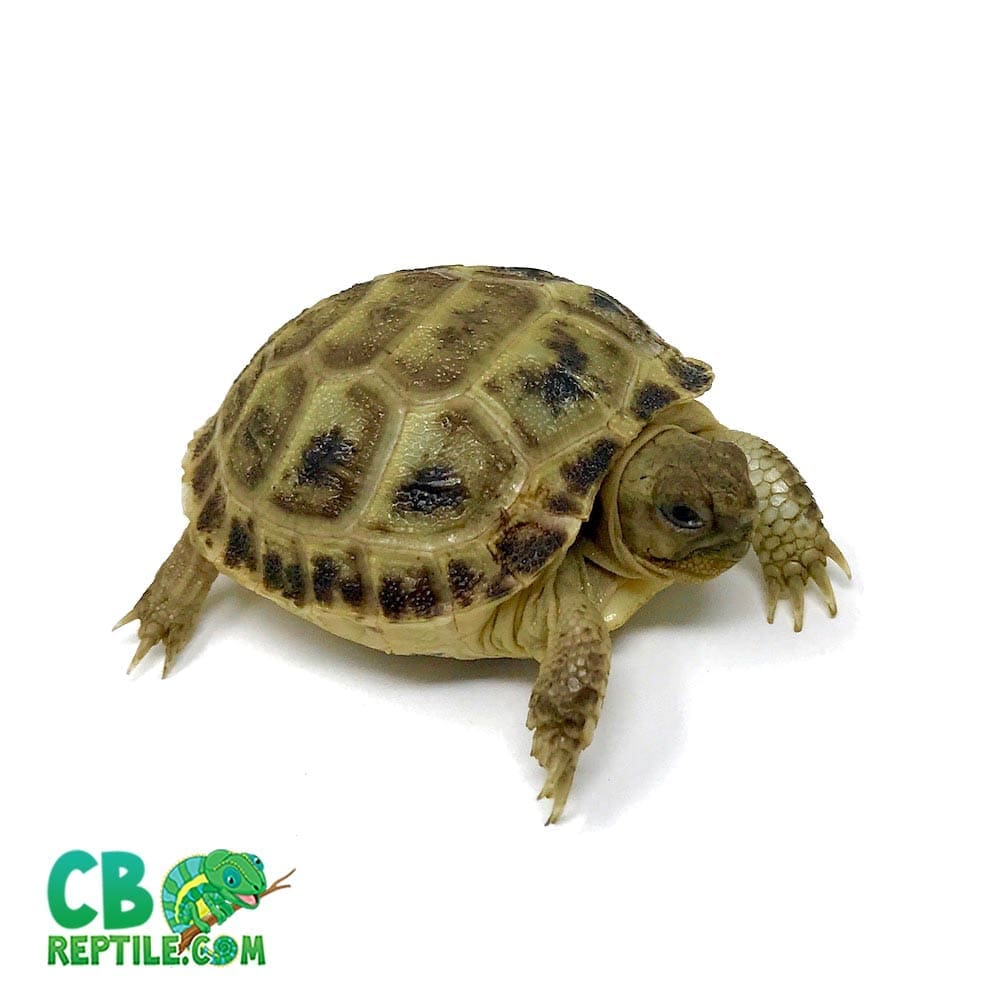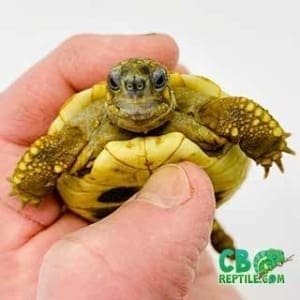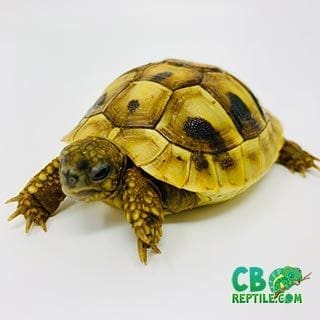
Small Tortoise Species: A Happy Keeper’s Guide to Big Personalities in Petite Shells
Tortoises for sale
When you picture that tiny face peeking from a perfectly patterned shell, remember: the happiest journeys start with thoughtful preparation and a reputable, captive-breeding source. Small species don’t mean “low care”—they simply mean your great husbandry can happen in a smaller footprint.
Russian (Horsfield’s) Tortoise — Testudo horsfieldii
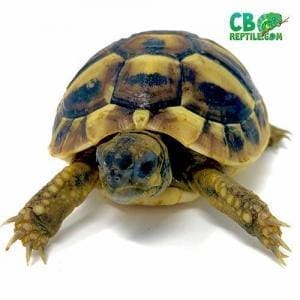
A fan favorite for beginners, Russians typically reach 5–8 inches. They’re inquisitive, sturdy, and thrive in well-ventilated, relatively dry enclosures with a diggable substrate. Provide a basking spot around 90–95°F, ambient 70s–80s°F, bright daylight, and UVB. Diet should be fiber-rich weeds and leafy greens (low sugar, low protein). Their modest adult size makes mixed indoor/outdoor setups achievable in many climates.
Greek Tortoise — Testudo graeca
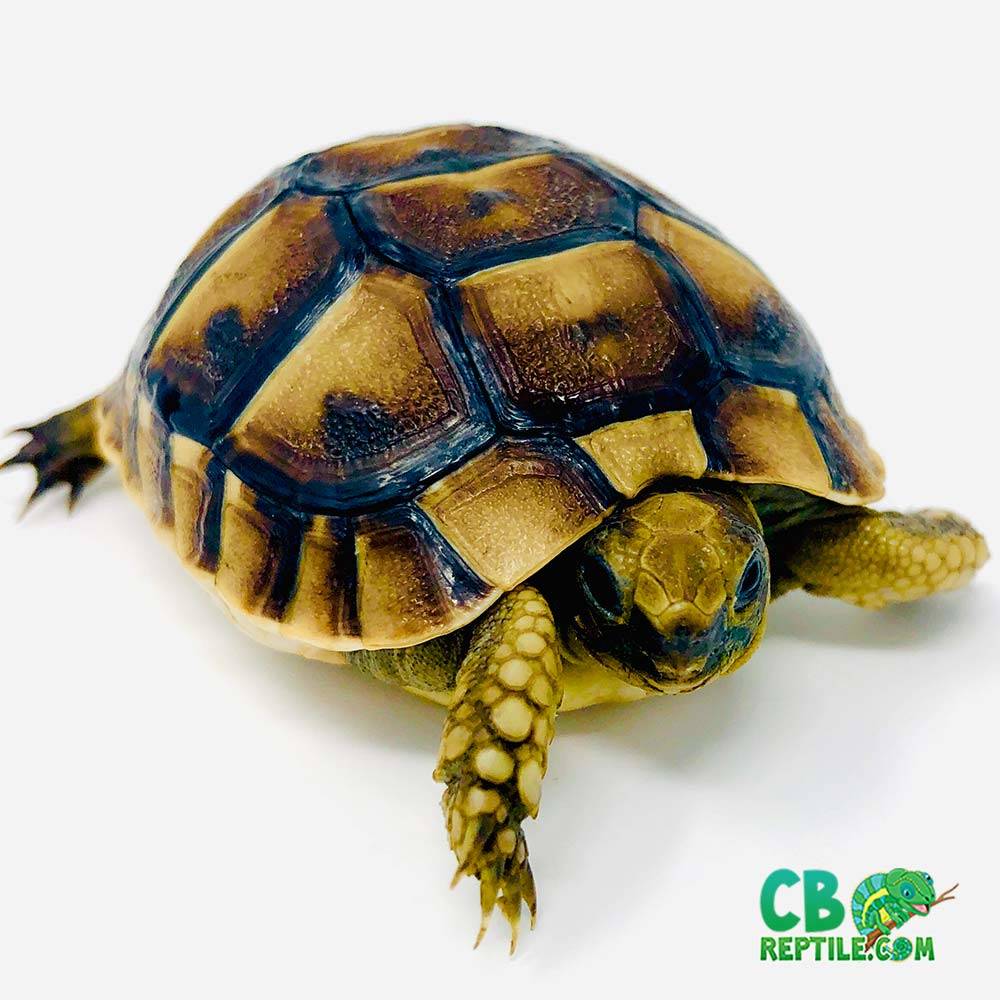
Greeks stay small to medium (often 6–8 inches) and bring sunny personalities to the tortoise table. Husbandry mirrors the Russian: warm, dry basking area near 95°F, ventilated habitat, and a high-fiber green diet. Provide multiple hides for security and safe outdoor time when weather allows. With consistency, Greeks become confident, active explorers.
Hermann’s Tortoise — Testudo hermanni
Colorful, compact, and lively, Hermann’s tortoises are another Mediterranean classic (6–8 inches). They enjoy a similar temperature gradient (basking ~95°F), good UVB, and a dry, clean habitat with enrichment like logs and plants. A weed-based menu keeps shells smooth and growth steady. Western and Eastern localities vary slightly in color and adult size, but both are beloved for manageable care.
Pancake Tortoise — Malacochersus tornieri
Flat and fast (for a tortoise!), Pancake tortoises are famous for flexible shells and rock-crevice antics. Adults are usually 6–7 inches and prefer warm, arid conditions with excellent ventilation and rocky hides. Basking can reach 95–100°F with lower ambient warmth elsewhere. Because wild populations are sensitive, captive-bred sourcing is especially important for Pancakes—another reason to partner with a conscientious breeder.
Indian Star Tortoise — Geochelone elegans
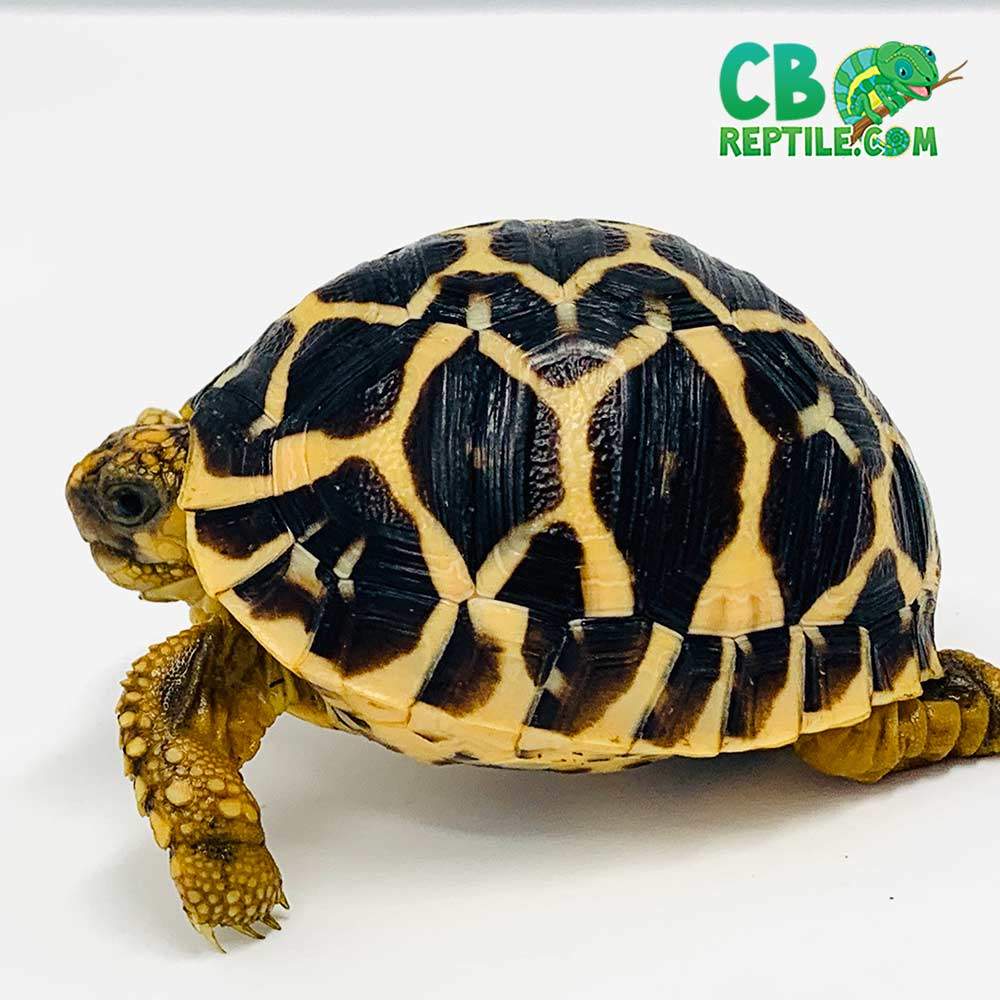
“Small but stunning,” Stars typically stay in the modest range (many under a foot), with radiating shell patterns that look like fireworks. They prefer steady warmth (basking ~90–95°F), moderate humidity without dampness, and very stable conditions. Stars can be sensitive to care swings; captive-bred babies acclimate far more smoothly than wild imports.
Mediterranean Hybrids & Localities (Marginated, Small Greeks)
Some localities and lines of Mediterranean tortoises remain on the smaller side even as adults. When in doubt, discuss expected adult size with your breeder. Reputable breeders track lineage and typical growth, helping you match your space and climate to the right “small tortoise” reality—not just “small right now.”
Small Tortoise Care Basics (Big Wins in Little Packages)
- Enclosure: Prioritize floor space over height, with secure walls/lids and abundant hides. Even small species appreciate room to roam and areas to retreat.
- Heat & Light: Provide a sunny basking zone ~90–95°F (species-dependent), a cooler zone in the 70s–80s°F, and quality UVB. Use thermostats to avoid hot spots.
- Substrate: Clean, diggable blends (e.g., soil/sand mixes for arid species) that hold burrows and allow natural behaviors without staying wet.
- Diet: Mostly weeds and leafy greens (dandelion, plantain, clover, endive, escarole). Minimize fruit and avoid high-protein items that can stress kidneys/shells.
- Hydration: A shallow, tip-resistant water dish plus short soaks for hatchlings keeps everyone hydrated, even in arid setups.
- Cleanliness: Spot-clean daily; refresh water often; deep-clean on a schedule. Good hygiene = bright eyes and bright appetites.
Why Captive-Bred Is Kinder, Easier, and Happier
Wild-caught tortoises often endure stressful transport, arrive dehydrated and parasite-laden, and may struggle to adapt to captive diets and lighting. That can mean vet bills, slow acclimation, and heartache. Captive-bred babies, by contrast, are raised on proper foods, used to human care, and far more likely to eat and explore confidently from day one. Ethically, captive-bred reduces pressure on fragile habitats and preserves wild behavior where it belongs—in the wild.
This is where a trusted partner matters. CB Reptile has earned a sterling reputation for well-started, captive-bred tortoises and friendly, ongoing guidance. Whether you’re picking a Russian for a sunny office or a Star for your carefully tuned warm room, working with the best tortoise breeder in the USA makes the whole experience joyful and sustainable.
Choosing the Right Small Species for You
Match your climate, home, and lifestyle to the species’ needs. Arid Mediterranean species (Russian, Greek, Hermann’s) are great for drier homes with strong ambient light and easy ventilation. Stars and Pancakes prefer warmer, very stable environments and reward meticulous husbandry with thriving health. If outdoor time is available seasonally, be sure fencing is dig-proof and shade/water are plentiful.
Always confirm local regulations and long-term adult size, then plan for decades of companionship—tortoises are charmingly slow and wonderfully long-lived!
When you’re ready to welcome a shell-shaped friend, explore a responsibly bred tortoise for sale and connect with experienced tortoise breeders</a) who are happy to answer questions about species, size, and setup.

